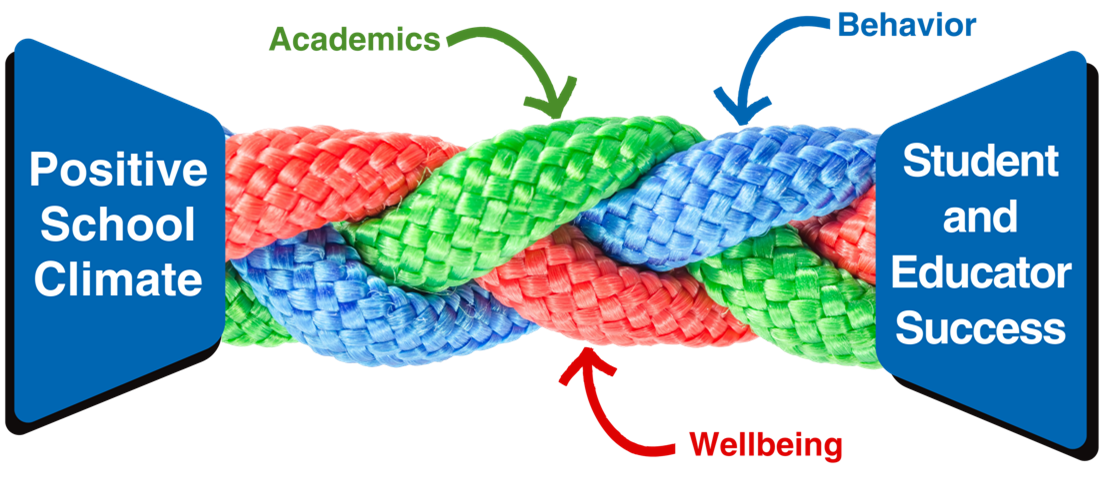- Division of Academics
- Multi-Tiered System of Support (MTSS)
Student Supports & Interventions
Page Navigation
Multi-Tiered System of Support (MTSS)
Vision
-
Ensure all students receive high-quality, evidence-based instruction in a supportive environment, meeting academic and behavioral needs through systematic school-wide support and ongoing collaboration involving teachers, administrators, families, specialists, and community partners.
-

Georgia Multi-Tiered System of Supports (GaMTSS) is a data-driven, multi-level prevention system designed to meet the needs of the whole child by implementing a continuum of tiered supports. GaMTSS is grounded in the belief that academics, behavior, and well-being are interconnected and impact student success. By integrating academics, behavior, and well-being data, systems, and practices, teams can align efforts to address barriers to learning and improve outcomes.

The weaving together of the strands of a rope increases its strength, weaving together academic, behavioral, and well-being supports and integrating intervention strategies strengthens the impact of a tiered system of supports.
EIP (Early Intervention Program)/REP (Remedial Education Program)
-
The Early Intervention Program (EIP) is designed to provide interventions for students who are at risk of not reaching or maintaining their academic grade level based on their performance on state or national assessments or performance measures in English Language Arts/Reading, Mathematics, or both to help them meet grade-level expectations within the shortest possible time.
The Remedial Education Program is an instructional program designed for students in grades 6-12 who have identified deficiencies in reading, writing, and math. This program provides individualized basic skills instruction as mandated by Georgia Law in the areas of reading, mathematics, and writing.
Dyslexia (K-3)
-
Georgia HB 307
In April 2025, the Governor of Georgia signed House Bill 307 into law. This bill clarifies requirements for identifying and supporting students with characteristics of dyslexia. Beginning in the 2025-26 school year, Georgia schools will screen all students in grades K-3 for characteristics of dyslexia. The screening IS NOT intended or designed to diagnose dyslexia.
Defining Dyslexia
The definition of dyslexia adopted by the International Dyslexia Association (IDA) states: “Dyslexia is a specific learning disability that is neurobiological in origin. It is characterized by difficulties with accurate and/or fluent word recognition and by poor spelling and decoding abilities.
Our Approach
Characteristics of Dyslexia
-
Challenges in phonological awareness tasks
Difficulty with tasks such as blending and segmenting.
Challenges learning alphabet
Difficulty learning letter names and letter sounds.
Challenges with word recognition
Difficulty recognizing printed words, especially unfamiliar ones; trouble sounding out words.
Challenges with spelling
Difficulty hearing the different small sounds in words (phonemes) and breaking words into smaller parts in order to spell them.
Challenges with sound-symbol association
Difficulty matching letters to the sounds they make.
Challenges with comprehension
Difficulty with reading comprehension and learning new information from text because of underlying word recognition difficulties.
For more information about literacy in Georgia: https://url.gadoe.org/dm9uy
Meet The MTSS Team
| Showing results for "Professor named Smith at Elementary School" |

- Shani Hall

- Jennifer Spain Williams

- Rebecca Williams
The MTSS Team Supports
-
- MTSS/RTI
- EIP/REP
- Whole Child Intervention Team
- Grade Placement
- Dyslexia

